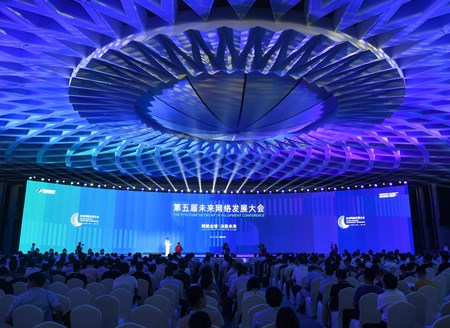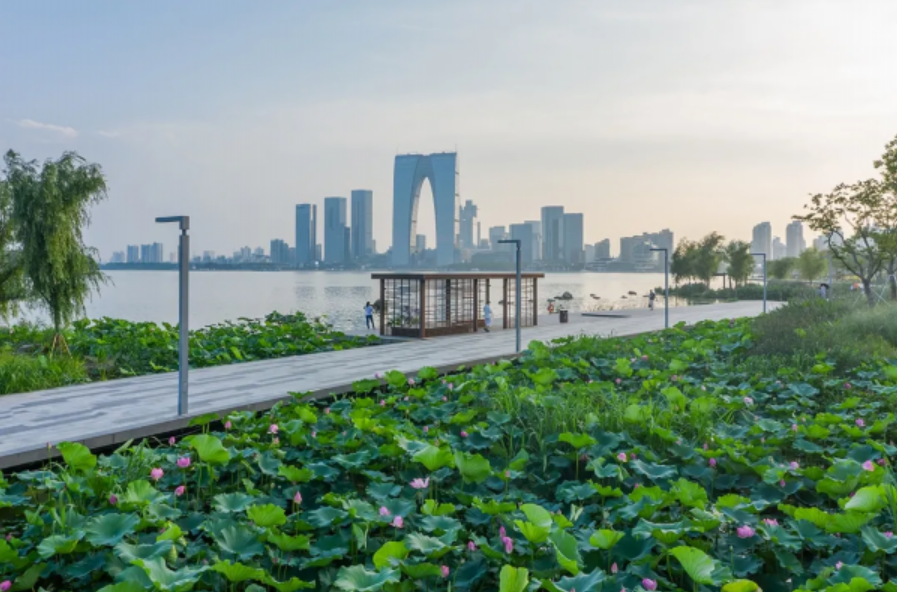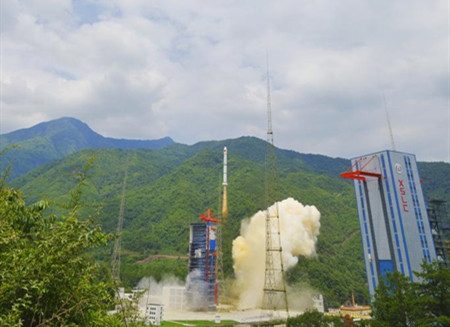East China’s Jiangsu province is sparing no efforts to enhance the protection of the Grand Canal to ensure that the province is at the forefront of the country in the creative and high-quality promotion of the construction of the Grand Canal cultural belt.
Jiangsu is the origin of the Grand Canal and the province with the largest number of water systems, the richest cultural heritage, and the most prosperous cities and towns along the Grand Canal.
The construction of the China Grand Canal Museum, located in the Sanwan Ecological and Cultural Park in the Yangzhou section of the Grand Canal, has entered the final sprint stage to get ready for opening in mid-June.
The museum will show the history and the development and changes of the Grand Canal in all dimensions.
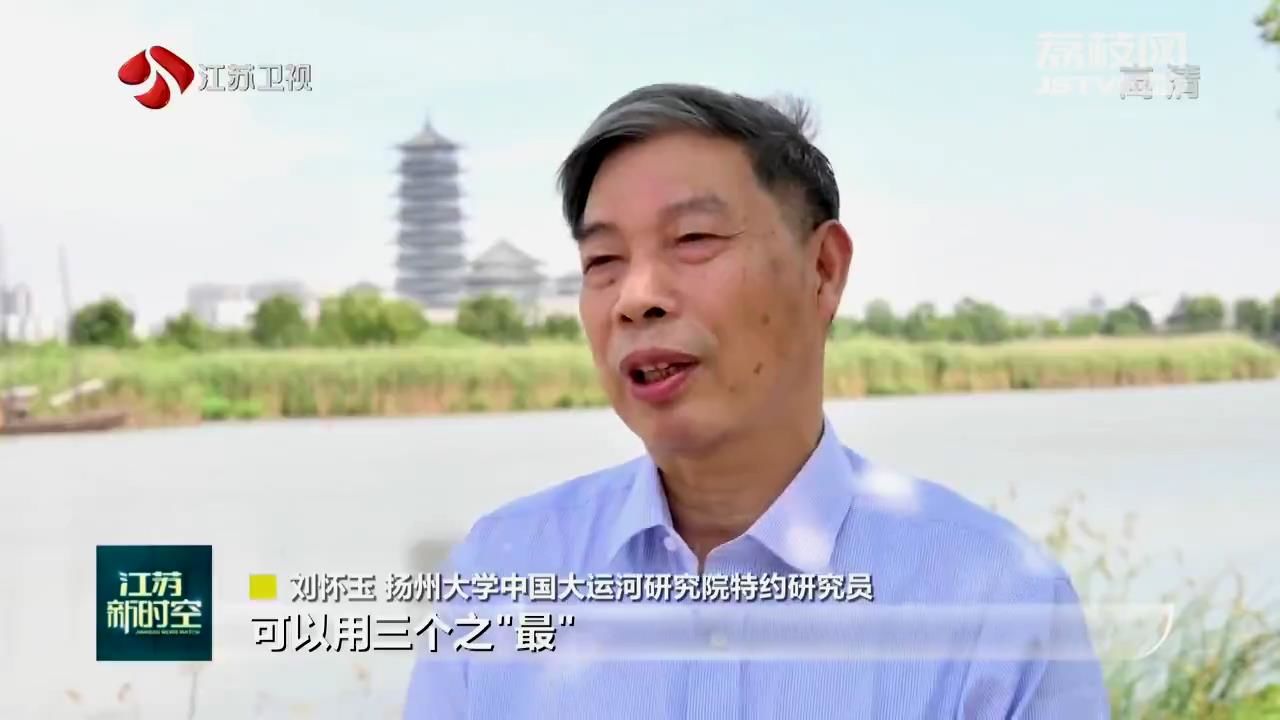
Liu Huaiyu, Guest Fellow, China Grand Canal Research Institute, Yangzhou University
Six sections of the Grand Canal in Jiangsu are listed as UNESCO’s World Cultural Heritage sites, adding up to a total span of 325 kilometers in length. The 22 heritage sites account for 40% of the totality along the canal.
The Jiangsu Provincial Party Committee and the Provincial Government regard the creation of the Grand Canal Cultural Belt and National Cultural Park as a major project in the construction of the new Jiangsu by establishing the Provincial Leading Group for the Construction of the Grand Canal Cultural Belt.
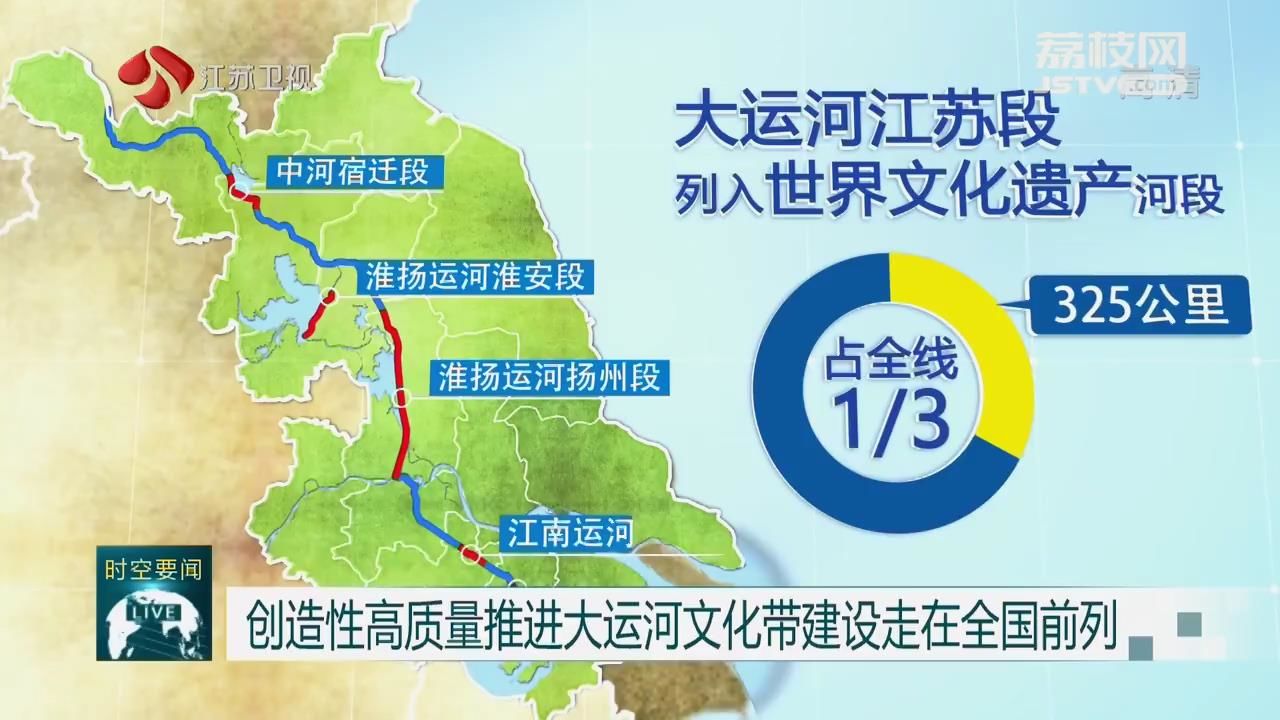
Jiangsu established the Grand Canal Cultural Tourism Development Fund, published the Canal Bulletin, hosted the first Grand Canal Cultural Tourism Expo, initiated the implementation of the Beijing-Hangzhou Canal Green Shipping Demonstration Zone Project, strengthened utilization in protection, promoted protection in utilization, and constantly demonstrate the value of the times of the Grand Canal culture.
Last weekend, in the Interior Grand Canal Cultural Corridor Scenic Area of Huai'an city, the 8 provinces along the Grand Canal exhibited more than 90 intangible heritage projects, attracting more than 160 thousand visitors in 3 days.
This 15.6-km long section of the Grand Canal has now become a new urban landmark in Huai'an.
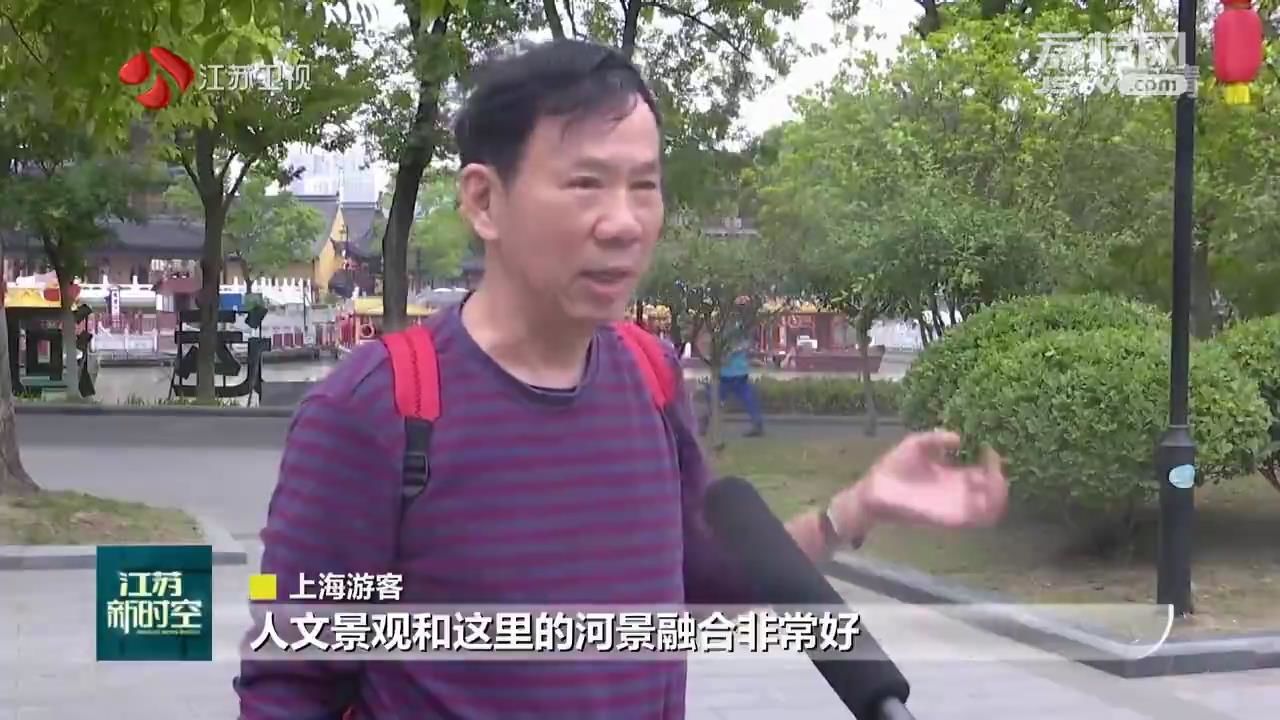
Tourist from Shanghai

Zhang Jianchuang, Director of Planning and Construction of Grand Canal Cultural Belt, Huai'an City
In Jiangsu, the canal culture is deeply integrated with urban tourism and urban-rural construction. Cultural landmarks such as the "Ten Canal Views" of Suzhou, the ancient canal around Wuxi, Yaowan Town in Xuzhou, and Canal Bay Park in Suqian have been built and opened to visitors one after another.
The Grand Canal, also called Beijing-Hangzhou Canal, is series of waterways in eastern and northern China that link Hangzhou in Zhejiang province with Beijing. It was built to enable successive Chinese regimes to transport surplus grain from the agriculturally rich Yangtze River and Huaihe River valleys to feed the capital cities and large standing armies in northern China.
The Grand Canal was added to the World Heritage list at the 38th session of UNESCO's World Heritage committee in Doha, Qatar. The Grand Canal dates back 2,400 years. With a length of 1,794 kilometers, it's the longest man-made waterway in the world. And it is still in use. The heritage site consists of five sections of the Grand Canal across six provinces and two municipalities in China, linking Hangzhou to the capital, Beijing.
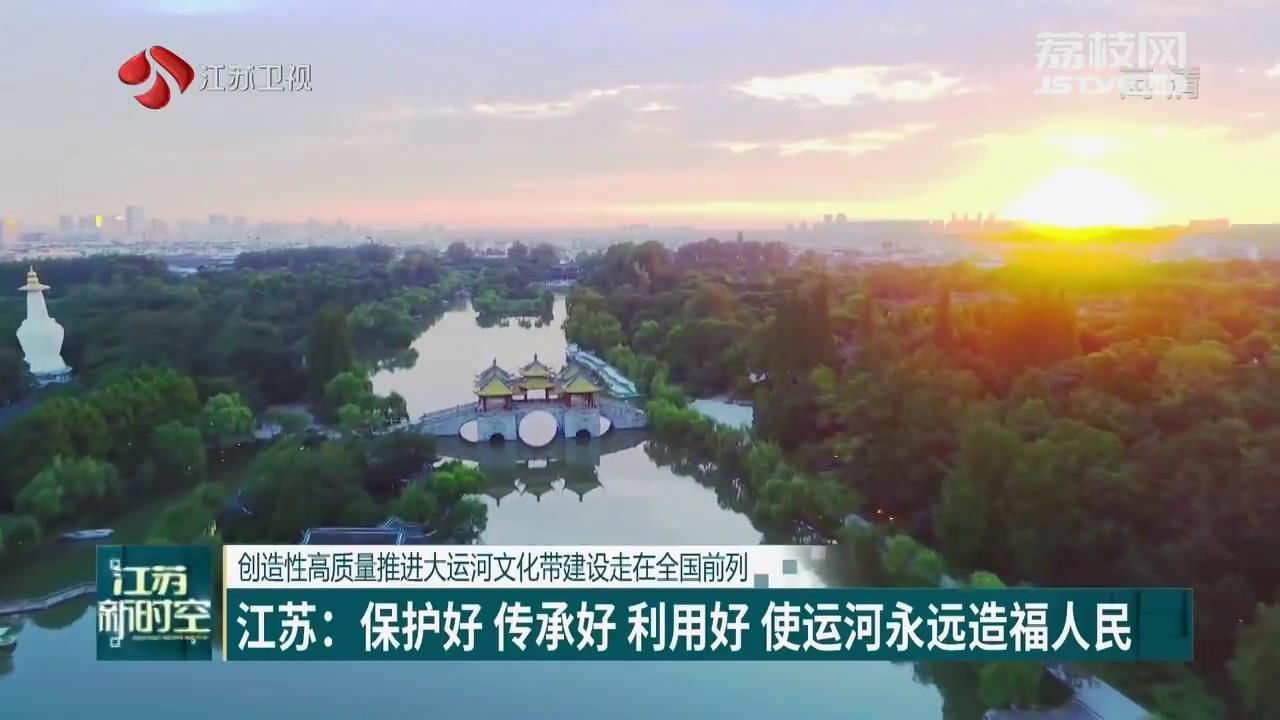
The canal can now accommodate medium-sized barge traffic throughout its length. The main traffic, however, is concentrated in the southern half. The canal is also used to divert water from the Yangtze to northern Jiangsu province for irrigation, making possible double cropping of rice.


